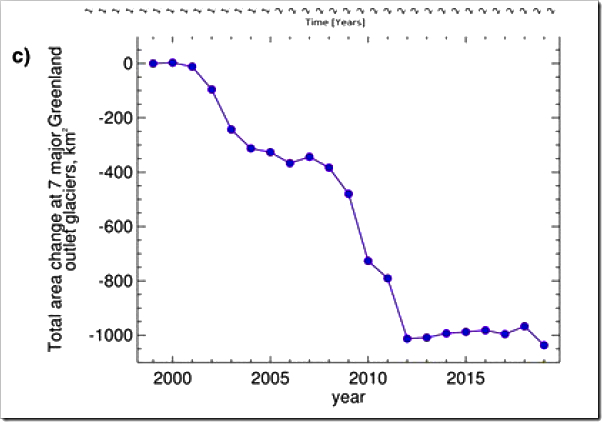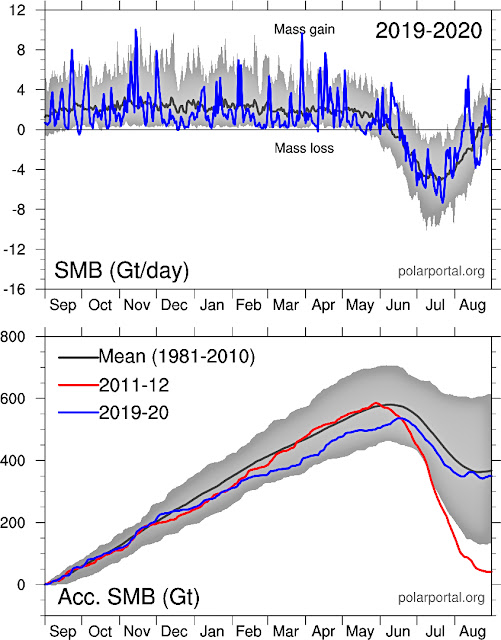Climate alarmist "scientists" claim the Arctic is melting down every year in September. So this article is a month late. But it really doesn't matter, because the claims are just hot air -- the big melt down never happens. Modern climate "science" is nothing but scary predictions about the future climate, with a batting average of zero, over the past 50 years.
The United Nations weather agency said this summer left a “deep wound” in the cryosphere. The World Meteorological Organization said temperatures in the Arctic are rising twice as fast as the global average. Spokeswoman Clare Nullis said “The rapid decline of sea ice in turn contributes to more warming, and so the circle goes on and the consequences do not stay in the Arctic.”
It has been twelve years since
Al "the climate blimp" Gore
predicted that Arctic polar ice
would all be gone in five years.
I prefer actual facts:
-- The Arctic
sea ice extent
was low this year,
but well above
the 2012 record:
https://nsidc.org/data/seaice_index/
Arctic temperatures
have not increased
since 2004, and the
current temperatures
are similar to the 1930s
and 1940s.
The "record" heat
at Verkhohansk,
Siberia was only +0.7C.
hotter than in 1988.
Greenland was not mentioned
because glacier growth in 2020
was so close to the 1981-2010
average, with one of the
shortest melt seasons
in recent years.
https://i1.wp.com/polarportal.dk/fileadmin/polarportal/surface/SMB_curves_LA_EN_20200831.png
Greenland had above average
ice mass gains in 2017 and 2018.
Just average in 2020.
http://polarportal.dk/en/greenland/surface-conditions/
At year end 2019, NOAA
(U.S. Commerce Department)
reported that Greenland’s
outlet glaciers had
barely shrunk in
the past eight years:
https://www.arctic.noaa.gov/Portals/7/ArcticReportCard/Documents/ArcticReportCard_full_report2019.pdf
Alarmists are also silent
about Antarctica, which had
the sea ice extent expanding
well above the average.
https://nsidc.org/data/seaice_index/
Arctic chart:
Greenland charts:
Antarctica chart:




